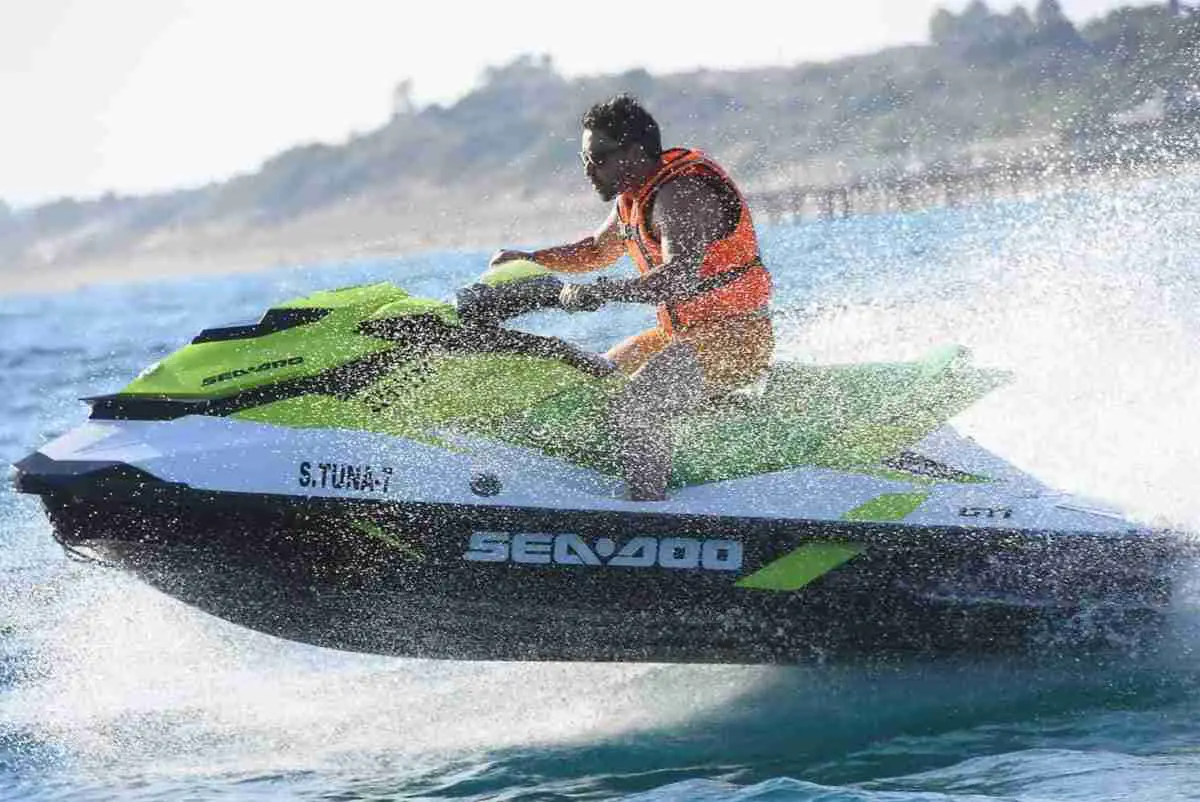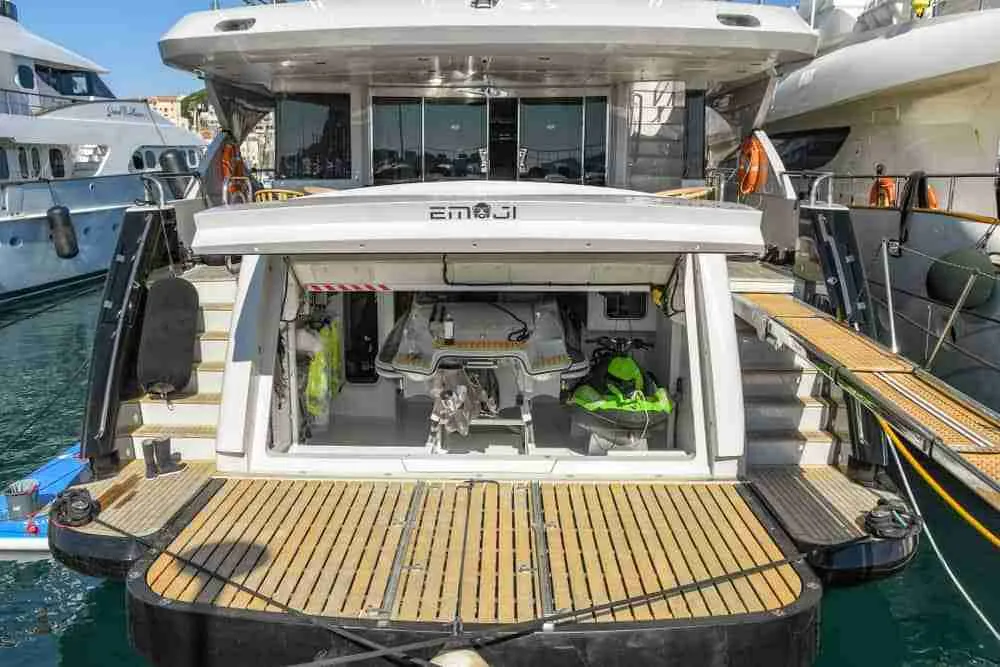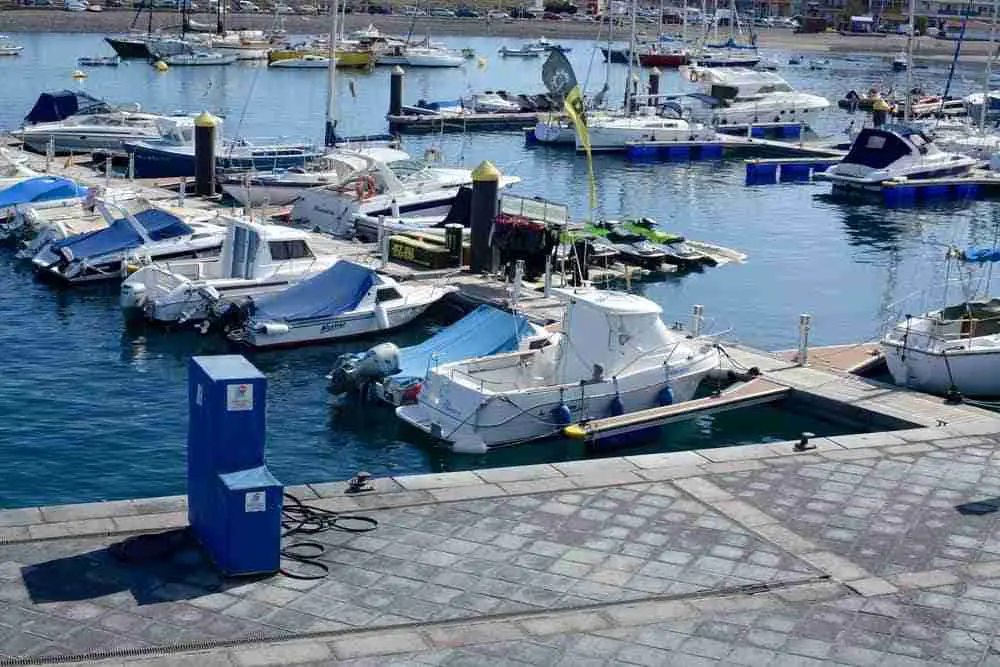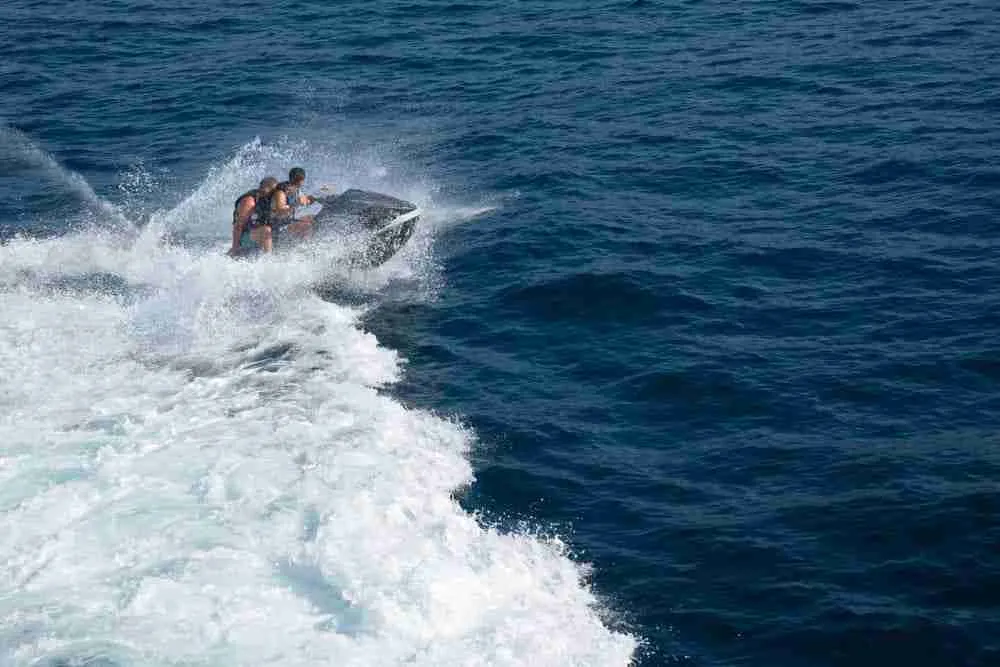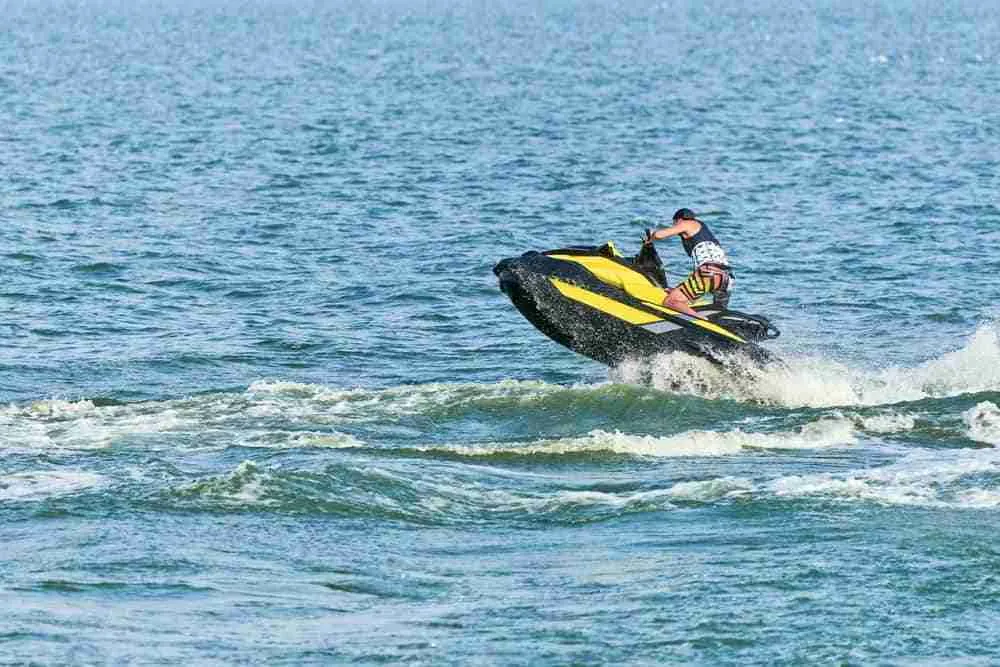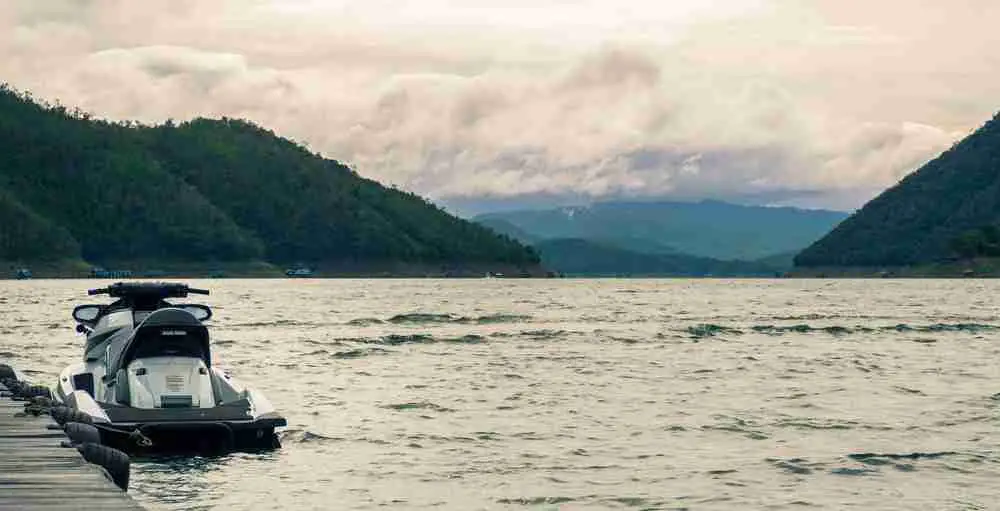I always like to say that Queensland is the world capital for jet ski ownership. Every time I see one on the M1/Bruce Highway, I smile. I know they’re off to forget the week that was…and go and have some serious fun!
I recently moved to the Sunshine Coast and had to do a ton of research to find good places to ride. Fortunately for you, it’s so much easier after I created this guide.
Best Jet Ski Riding Areas on the Sunny Coast
We’re really spoilt here to have some of the best places to ride jet skis anywhere in Australia.
As a Queenslander, and even someone who now happens to live on the Sunshine Coast, I’m well-positioned to help you discover where you can go riding on this beautiful spot.
On this site, I’ve written extensively about jet ski ownership and places to go riding. I’ve done all this groundwork for you so you can spend more time out there riding and exploring, or even drop a line in the water.
So much to do and so little time. Let’s begin.
1. Maroochy River
One of my favourite places to explore is Maroochy River where you’ll find about 10km to 20km worth of navigational riding areas. This is of course dependent on the tide and she can get real shallow on a low tide, so look up those charts before you head for the ramp!
There is a 40-knot limit in some places and 25 in others, however the further up you go, the shallower she gets. Therefore, you’ll want to make sure that you’re only travelling as fast as you want to bottom out.
Keep in mind that the sand does shift and the charts aren’t perfectly accurate. Even the multiple channel markers upstream from the Sunshine Coast Motorway bridge aren’t accurate and I’ve touched the sand even when riding in the middle.
2. Noosa River / Lake Cootharaba
After a trip or two, you’ll probably get bored of the Maroochy River. Sure – it’s great and uber convenient, but Noosa is the next best spot. Actually, you’ll find it the best spot if you live north of Mudjimba anyway.
There are numerous boat ramps here to launch though they get busy on weekends due to the Brisbanites coming up, so get in before 8am. There are also lots of tourists boat out there on the water in the Tewantin area so be mindful, and I’d aim to ride an hour on either side of high tide.
Look out for those channel markers and speed limits too. The water police do patrol this area quite often looking for anyone they can ticket on the spot. You can then ride up to Inskip Point on a calm day.
Update: It appears that jet ski riding west of the yacht club isn’t legally permitted anymore. See update here from the Noosa Council: https://www.noosa.qld.gov.au/downloads/file/1406/noosa-river-marine-zone
Essentially, riding jet skis in Lake Cootharaba, Lake Weyba and Lake Cooroiba is off the cards.
3. South of Caloundra
The last on my list is perhaps one of the best. Drop your ski in the water at Golden Beach or Pelican Waters and you’ll have much more to explore. This is the northern tip of Bribie Island so you’ll be protected from the ocean swell unless you head out into the ocean…then you’ll be contending with container ships!
There are quite a few uninhabited islands here worth exploring if you’re keen for a break, otherwise, you’ve got a lot more space than say Maroochy or Noosa. I can’t recall what the speed limits are here on jet skis but I think it’s 40-knots.
You can actually get right down to the bridge that connects Bribie Island to the mainland and even stop for some lunch at one of the numerous spots there including the famous Sandstone Point Hotel. In short, don’t leave the wallet at home!
Places You Shouldn’t Ride
I thought I’d list some of the spots where you wouldn’t necessarily ride. I mean – you can ride there as people do, but you won’t be able to have much fun as the speed limits are often 6 knots.
- Mooloolaba River and the canals. While you’ll find numerous canal homes with jet skis on pontoons, the owners don’t necessarily ride in the river. Instead, they’re riding in one of these spots on weekends and simply storing their toys…though maybe not the safest option.
- Birtinya Canals. Some story with Mooloolaba though the waterways here are a bit dirtier and well…full of bull sharks. Good for an hour of two worth of slow-speed exploring but not much else.
Extra Spots to Consider
If you’re a local and keen for a bit of an adventure, then I’d tow the ski up to Tin Can Bay, Rainbow Beach or even Inskip Point. This way you’ll be able to explore the entire Great Sandy Strait region on a jet ski which is much deeper than the Sunshine Coast rivers. No need to worry about the tides here!
While some guys do tow their jet skis on to Fraser Island, I wouldn’t really recommend it. There are no official boat ramps on Fraser Island either but some guys do beach launches though this can be sketchy for the novice riders amongst us.
Lastly – if you’re up for it – then consider a trip to Brisbane and explore Moreton Bay, or even the Gold Coast. Plenty of spots to explore and you’ll probably want to bring some extra fuel for the PWC. You can actually reach Tangalooma Island Resort from Golden Beach and Caloundra but take the western passage inside of Bribie Island to avoid the waves and the big ships coming out of the Port of Brisbane.
For freshwater, it’s hard to go past Lake Wivenhoe. Perfect for a daytrip but again…get there early!
Have I missed anything? Let me know as I’m keen to make this the go-to guide for Sunshine Coast locals to help make more places accessible.
